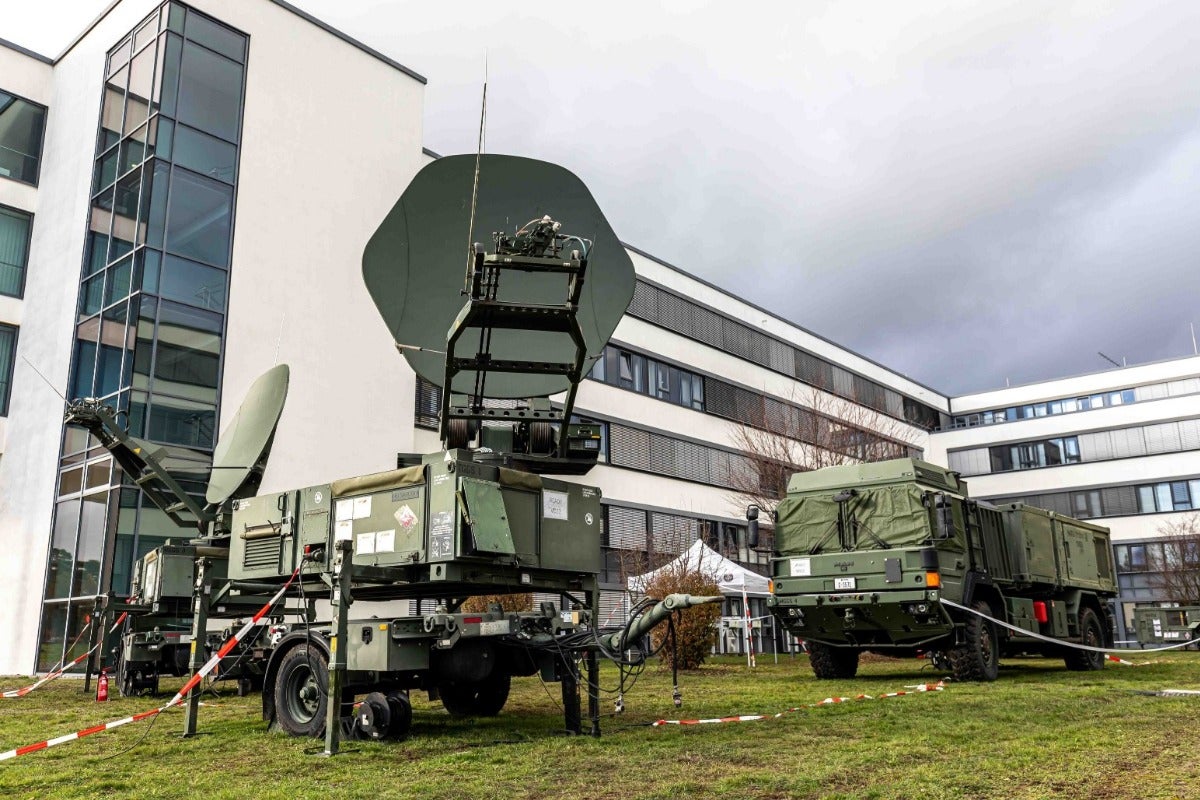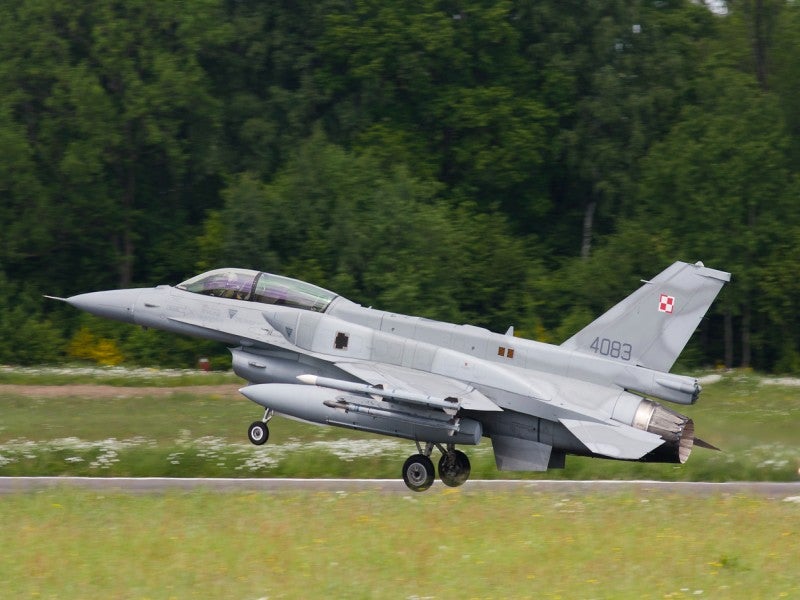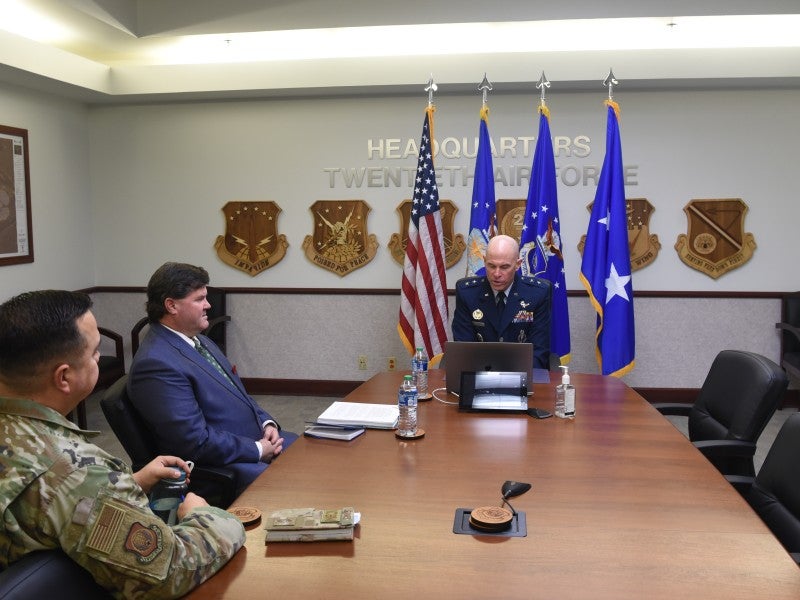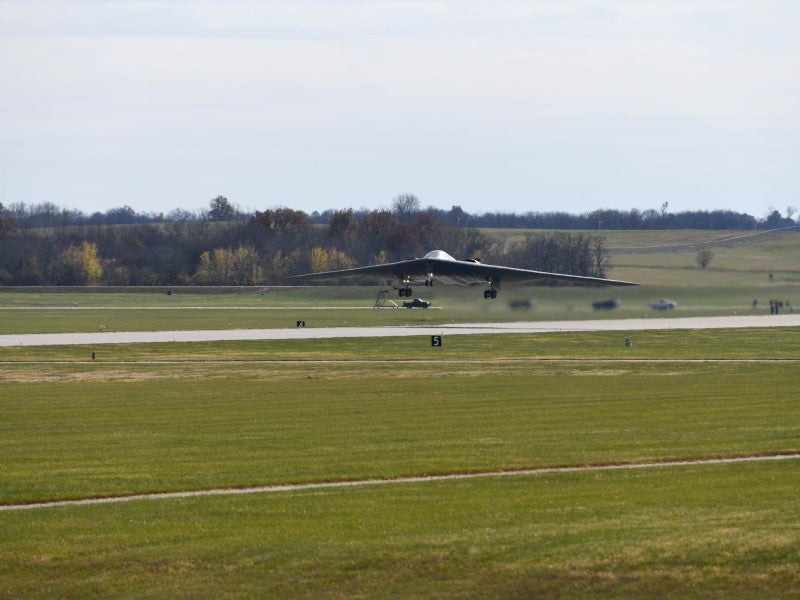
The NATO Alliance Ground Surveillance Force (NAGSF) has deployed its mobile exploitation module, called Mobile General Ground Station (MGGS), outside Italy for the first time.
It was deployed to test the expeditionary capabilities of the alliance forces to exploit the data collected by an RQ-4D remotely piloted aircraft (RPA) from a remote location.
A camp was established by the NAGSF detachment within Allied Air Command’s (Aircom) headquarters at Ramstein Air Base, Germany.
The detachment arrived on 10 November through a commercial road convoy and was deployed until 22 November.
NAGSF experts established the system and connectivity, as well as worked with other contractor technicians to link-up RQ-4D to monitor its operations during reconnaissance flights conducted along the eastern flank.
The team also exploited and transferred the collected data from the RPA.
US Air Force captain and deployment commander Jacob Sanborn said: “The purpose of the deployment to Ramstein is to achieve a checkmark on the air force’s way to NAGSF enhanced initial operational capability.
“We simulate exploitation of the data our RQ-4D RPA gather in-flight and make it available to local ground force commander in the form of basic intelligence products.
“And we relay information to our main operating base in Sigonella for further distribution.”
As many as five RQ-4D aircraft are operated by NAGSF from its base in Sigonella, Italy, where forces collect, process and distribute intelligence, surveillance and reconnaissance (ISR) data.
Meanwhile, the ground unit, which includes fixed/mobile/transportable ground stations, provides data-link connectivity, processing and exploitation capabilities to enhance interoperability.
AIRCOM chief of staff major general Gianluca Ercolani said: “From our operational perspective, this deployment greatly helps Nato’s procedures to collect, process and distribute ISR results within the organisation and with allies – even out of a remote location.”




